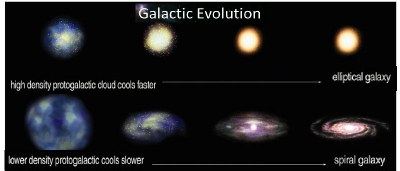VISITORS TO THE SOLAR SYSTEM

Occasionally we see ‘wanderers’ in our Solar System. A comet is a ball made of rock and ice. This nucleus is surrounded by a cloud of gas called the ‘coma’. When comets move close enough to the Sun. they reflect the Sun’s light and form a tail of gas and dust.
Comets leave bits of dust from their tails behind in space. Some of this dust enters the Earth’s atmosphere where it burns up. We may then see a shower of bright ‘shooting stars’. The scientific name for a shooting star is a ‘meteor’.
Sometimes lumps of rock or metal from space crash to the Earth. These are ‘meteorites’. A large meteorite may make a crater where it lands. Meteorites probably caused the craters on the surface of the Moon, Mercury and Mars – as well as this one in Arizona.

This meteor crater in Arizona is over 1 kilometre wide and 175 metres deep.

Halley’s Comet
Halley’s Comet is a regular visitor to our part of the Solar System. It returns about every 76 years and has been seen throughout the ages. The diagram shows the strange shape of the comet’s orbit – a long oval. The comet is invisible beyond Saturn’s orbit. You can see how the comet’s tail always points away from the Sun.

































